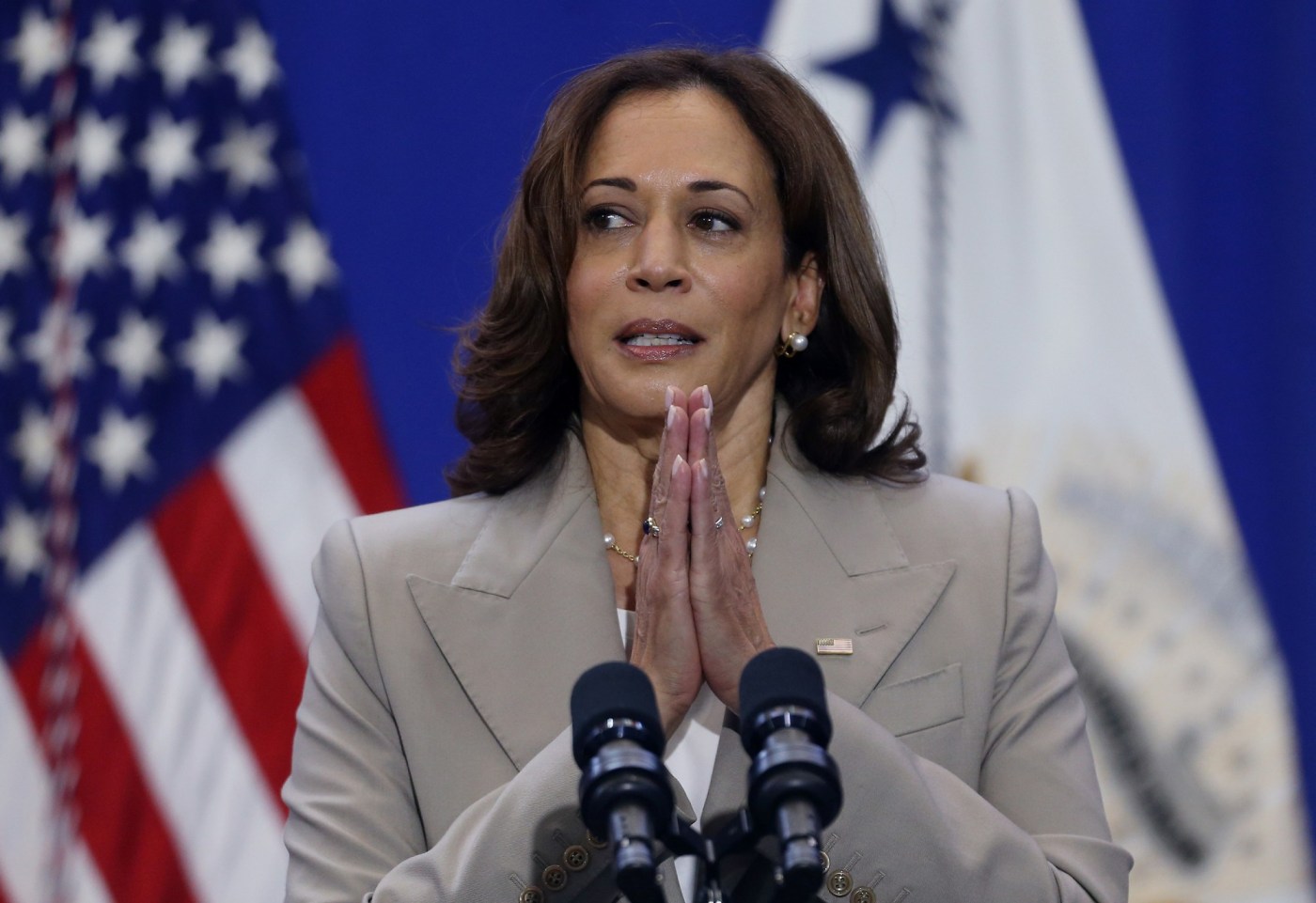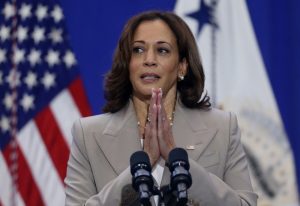
Kamala Harris says she’ll cut taxes for the middle class. Is that realistic?
David Lightman | (TNS) McClatchy Washington Bureau
The centerpiece of Kamala Harris’ presidential campaign is her promise to bring tax relief to America’s middle class, a plan she announced during an appearance in Raleigh, North Carolina, earlier this month.
Much of the proposal she outlined in that first major campaign policy address is built on Biden administration initiatives. Like President Joe Biden, Harris pledged that no one earning less than $400,000 will pay more in new taxes. But getting that enacted into law is going to be tough.
Harris’ proposals face two hurdles. First, any big tax cut will probably need some way to pay for it, and Congress has had a hard time agreeing on spending cuts or tax increases. Case in point, with the start of the new fiscal year a month away, lawmakers have not agreed on a budget, and chances are they’ll wind up with a temporary fix that will fund the government through the fall.
The other, perhaps bigger, problem will be convincing sympathetic members of Congress that a tax cut plan could be devised that would in fact help most people earning less than $400,000. President Joe Biden has been promising to give those taxpayers a break since he was elected, and has not yet succeeded. Even if he had, independent analysts see little substantial benefit for many middle class taxpayers in Biden’s tax plan.
Help for the middle class?
The nonpartisan Tax Policy Center estimated that the individual tax provisions of Biden’s fiscal 2024 budget, which is roughly similar to the 2025 budget that Harris has endorsed, would cut taxes on average for people making $400,000 or less.
Harris’ promise not to impose new taxes on people below that income level has been a favorite Biden promise for years, As she explained, her plan is building on Biden administration ideas. But Harris added some of her own wrinkles, notably help for first time home buyers and expanded child tax credits.
Independent analysts question how much of a tax cut the plan would provide.
The nonpartisan Tax Policy Center estimated the lowest-income households, or those earning less than $30,800, would see an average tax cut of about $650 annually, or 3.6% in individual taxes. Those making $30,800 to $60,400 would save about $630, or 1.5%.
The percentages then continue to decline. Middle income households, making $60,400 to $107,300, would save about $510, or 0.7% less.
There are several variables that could affect these estimates. Harris in her tax plan proposed increasing the child credit, now $2,000, for middle- and lower-income families. It went up during the COVID pandemic to as much as $3,600 per child. Harris wants to restore that amount. She’d also add a new $6,000 credit for qualifying families with a child in the first year of life.
Harris says the expanded credits would be available for middle income families. Currently the child credit is phased out for individual filers earning more than $200,000 and joint filers making more than $400,000.
Harris is also proposing giving certain working families $25,000 in down payment assistance on their first home.
Also in the proposal is a tax incentive for builders who build starter homes and affordable rental housing, and a new $40 billion “innovation fund” that would encourage builders to find new ways to construct affordable housing..
Who gets a tax break?
The amount anyone gets from a tax break, or avoids paying new taxes, depends on several variables.
One factor involves what tax credits or deductions they can take.
“On average, lower- and middle-income taxpayers would see tax cuts, but that masks how some taxpayers at low- and middle-income levels won’t be better off if they are excluded from the large tax credit expansions,” said Erica York, research director and senior economist at Washington’s Tax Foundation, a research group.
Also important is how, or whether, the government pays for the tax breaks by raising other taxes or or cutting spending. spending cuts.
After unveiling her tax cut plan August 16, Harris’ advisers told reporters she supports the revenue raisers in the FY2025 Biden-Harris budget “that ensure billionaires and big corporations pay their fair share.” That budget has gone nowhere in Congress.
It proposed raising the corporate rate, now 21%, to 28% and raising the top individual tax rate, now 37%, to 39.6%. The Biden plan also proposed a 25% minimum tax on those with wealth of more than $100 million and “modestly increasing” the Medicare tax rate on incomes of more than $400,000.
But Congress’ Joint Committee on Taxation has estimated that the more corporate taxes go up, individuals making below $400,000 see some of that tax increase.
The campaign also has not been specific about how it will tackle any potential debt that might result from tax breaks.
The campaign said in a statement that it will “fulfill their commitment to fiscal responsibility, including by asking the wealthiest Americans and largest corporations to pay their fair share—steps that will allow us to make necessary investments in the middle class, while also reducing the deficit and strengthening our fiscal health.”
________
©2024 McClatchy Washington Bureau. Visit mcclatchydc.com. Distributed by Tribune Content Agency, LLC.


